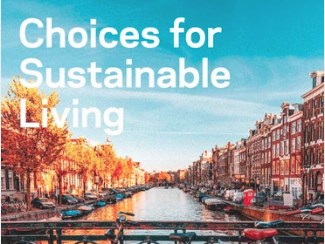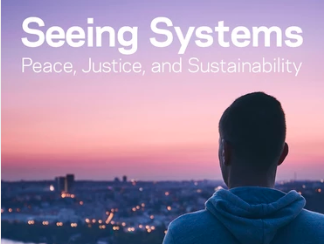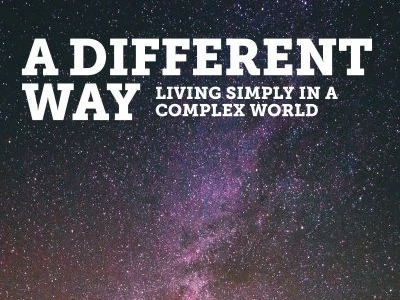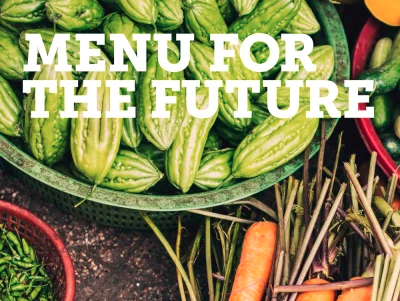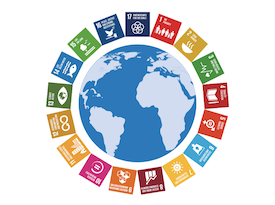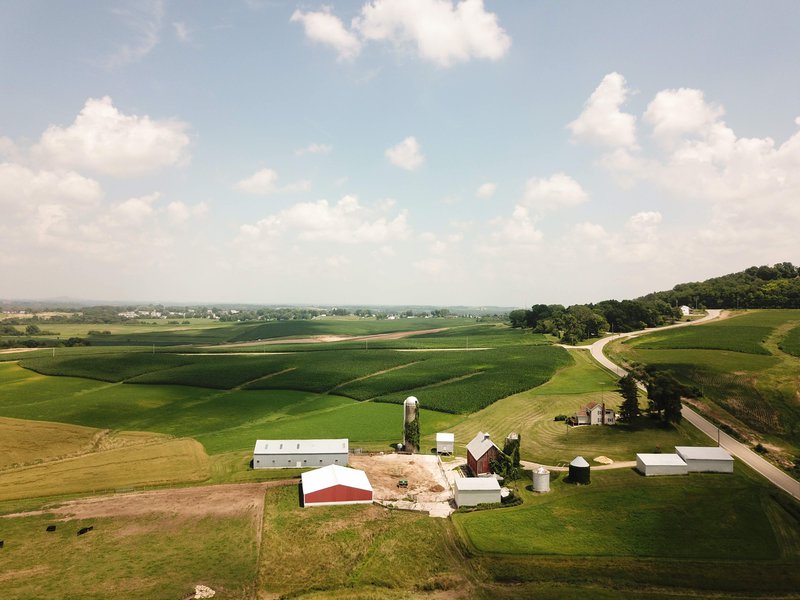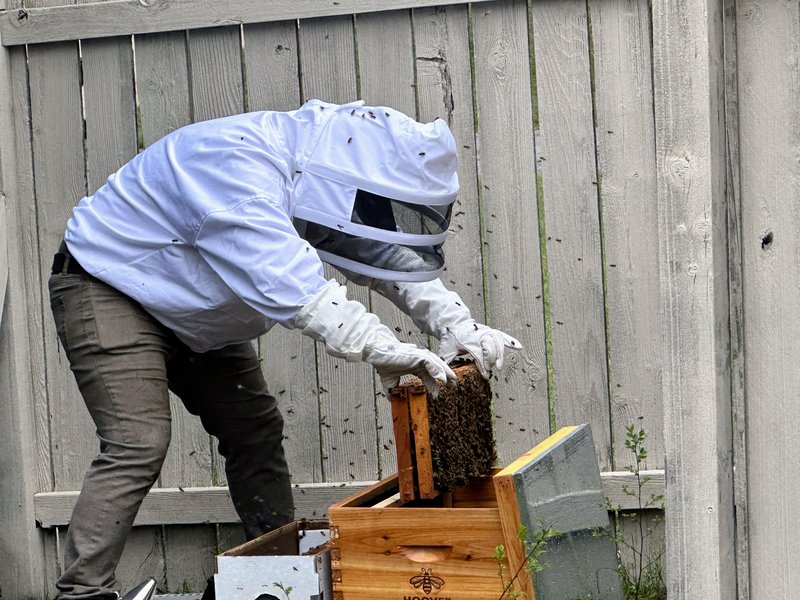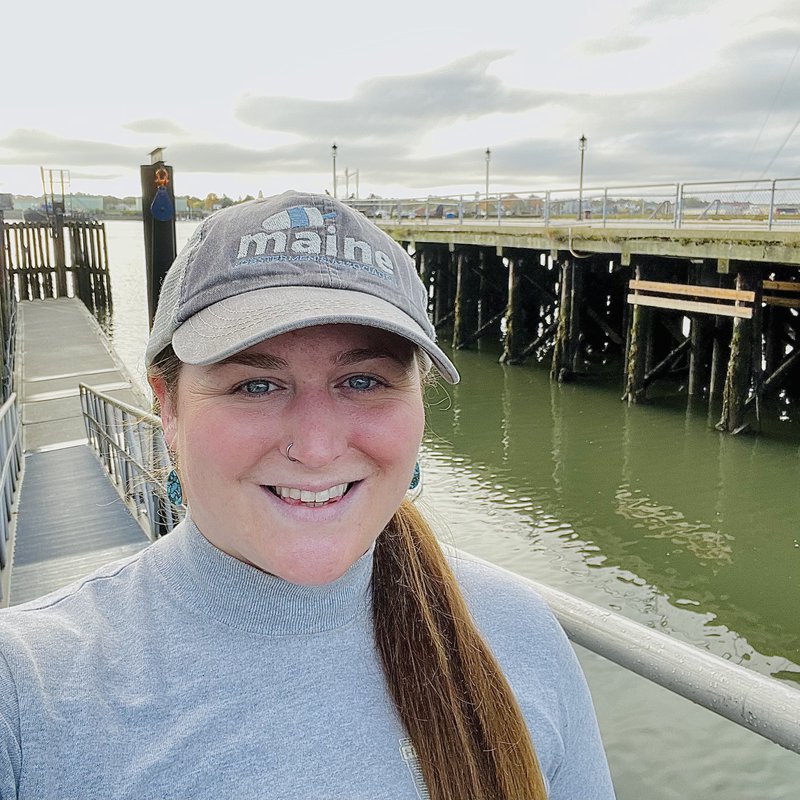

The challenges we face today—climate change, pollution, biodiversity loss, and social inequities—can feel overwhelming. But innovation offers hope. Innovation isn’t just about creating new technologies—it’s also about honoring time-tested knowledge and adapting it to meet today’s challenges. We can embrace sustainable solutions that benefit our communities and the planet by transforming how we produce, consume, and interact with the natural world. That’s why one of this year’s new Earth Month Ecochallenge categories is Sustainable Innovation—because the future is shaped by both new ideas and the wisdom of past generations.
Finding Hope in Innovation
Yes, the headlines are often filled with grim statistics, but we can’t let fear paralyze us. Instead, we can focus on the incredible innovations happening all around us and how we can support these efforts. From breakthroughs in biodegradable materials to the revival of regenerative agriculture, scientists, entrepreneurs, and communities around the globe are finding ways to build a more resilient future..
However, not all innovation comes from new technology. Many sustainable solutions draw from traditional and Indigenous practices that have long fostered a balance between people and nature. Methods like controlled burns for healthy forest management, agroforestry techniques, and sustainable hunting offer lessons that can guide us toward a more regenerative way of living.
As Dr. Ayana Elizabeth Johnson reminds us in her book All We Can Save:
“To address our climate emergency, we must rapidly, radically reshape society. We need every solution and every solver. As the saying goes, to change everything, we need everyone. What this moment calls for is a mosaic of voices—the full spectrum of ideas and insights on how we can turn things around.”
Innovation allows us to build a bridge between crisis and opportunity—whether by looking forward to new solutions or looking back to honor knowledge that has long sustained communities. When we combine bravery, lessons from the past, and the wisdom of our ancestors, there is no limit to what we can achieve.
Spotlight on Sustainable Innovation: The Power of Seaweed
One promising example of sustainable innovation—where community resilience, ecological regeneration, and Earth-friendly materials come together—is the magic of seaweed and seaweed farming.
Seaweed, a fast-growing form of macroalgae (surprise, it’s not a plant!), is gaining attention for its sustainability potential and versatility. It’s not only an environmental and nutrient-rich powerhouse; it’s sparking a wave of sustainable products. To dive deeper into this potential, we spoke with Liz MacDonald, Seaweed Supply Director at Atlantic Sea Farms. Liz brings firsthand insight into how regenerative seaweed farming creates climate-resilient communities and products, all while fostering healthier local ecosystems.
“Bioplastics is one of the new and exciting uses that we're seeing seaweed start to be utilized in, as well as biofibers - things that make clothing, shoes, and even packaging (that plastic packaging that your clothing and your shoes go into). There are so many applications! We really are still trying to understand the potential of seaweed…”
The innovation doesn’t stop at products! Seaweed farming also plays a key role in helping coastal communities in Maine adapt to climate change by giving them another farming option.
"[Seaweed farming is] made to keep communities working and thriving in the way that they have historically."
And, seaweed also helps foster healthier local ecosystems by reducing ocean acidity—sometimes called "osteoporosis of the sea" because it makes it harder for shellfish and other marine animals to build strong shells. This creates healthier conditions for marine life, nearby shellfish farms, and the local economy that depends on these farms.
"Seaweed itself is an extractive species... things like excess carbon, excess nitrogen, excess phosphorus...by removing this carbon while it's in the water... is actually making a less acidic environment in nearby [shellfish] farms."
And because it requires no pesticides, fertilizers, land, or freshwater, seaweed farming has a much lower climate footprint than industrial agriculture on land.
“There's no pesticides that are added on to the farm to remove anything. There's no fertilizers. There is no terrestrial land that's required or arable land, as well as no fresh water either. So the climate footprint right there, if you're comparing it to a terrestrial crop, is significantly decreased. Everything that the kelp needs to thrive and to grow to its full potential is already naturally occurring in the water that it's growing in.”
Check out our full interview with Liz to learn more about the potential of seaweed and seaweed farming! (17:26 minutes)
Learn more at the Regeneration Project - Seaweed Farming.
Turning Inspiration into Action
Innovation isn’t just for scientists, farmers, or engineers—everyone can contribute to a culture of sustainable solutions. By learning about sustainable innovation and choosing actions in the Sustainable Innovation category in this month’s Earth Month Ecochallenge, you can explore ways to support and adopt creative solutions in your own life and community.
- Looking for reasons to stay hopeful? Check out Conservation Optimism’s weekly list of inspiring stories of environmental progress.
- Join the conversation! Visit the Ecochallenge feed and share 2-3 innovations that give you hope for the future. What’s an exciting sustainability solution you’ve learned about? How can others play a role in supporting these solutions?
By blending innovation with traditional and Indigenous knowledge, we can create solutions that honor the past while shaping a thriving future—for the Earth, for each other, and for tomorrow.
Consider making a donation to Ecochallenge.org
Whether it's for Earth Month or your yearly giving plan, considering supporting Ecochallenge.org. Donations go directly to keeping our public Ecochallenges free and open to the public.

